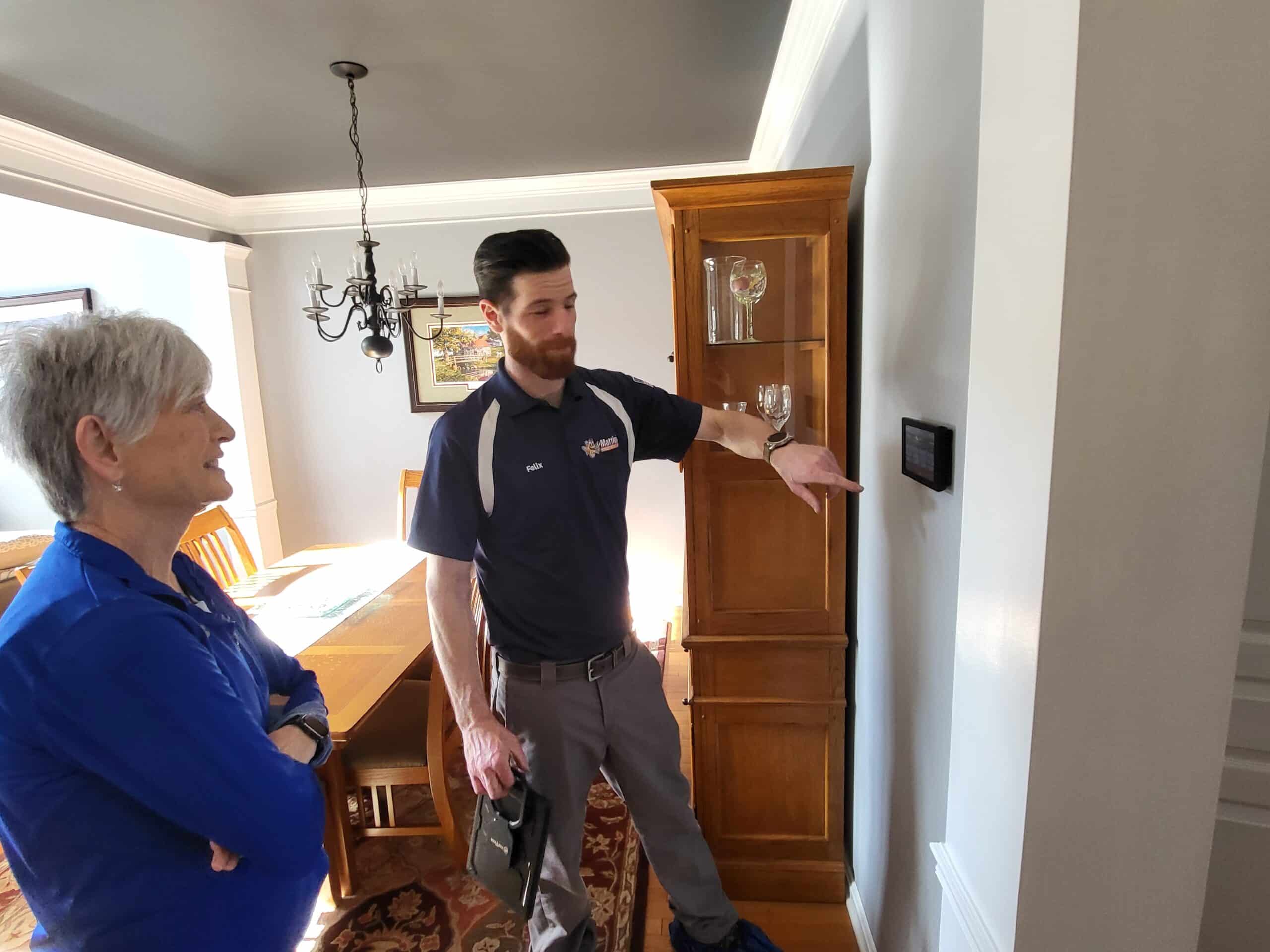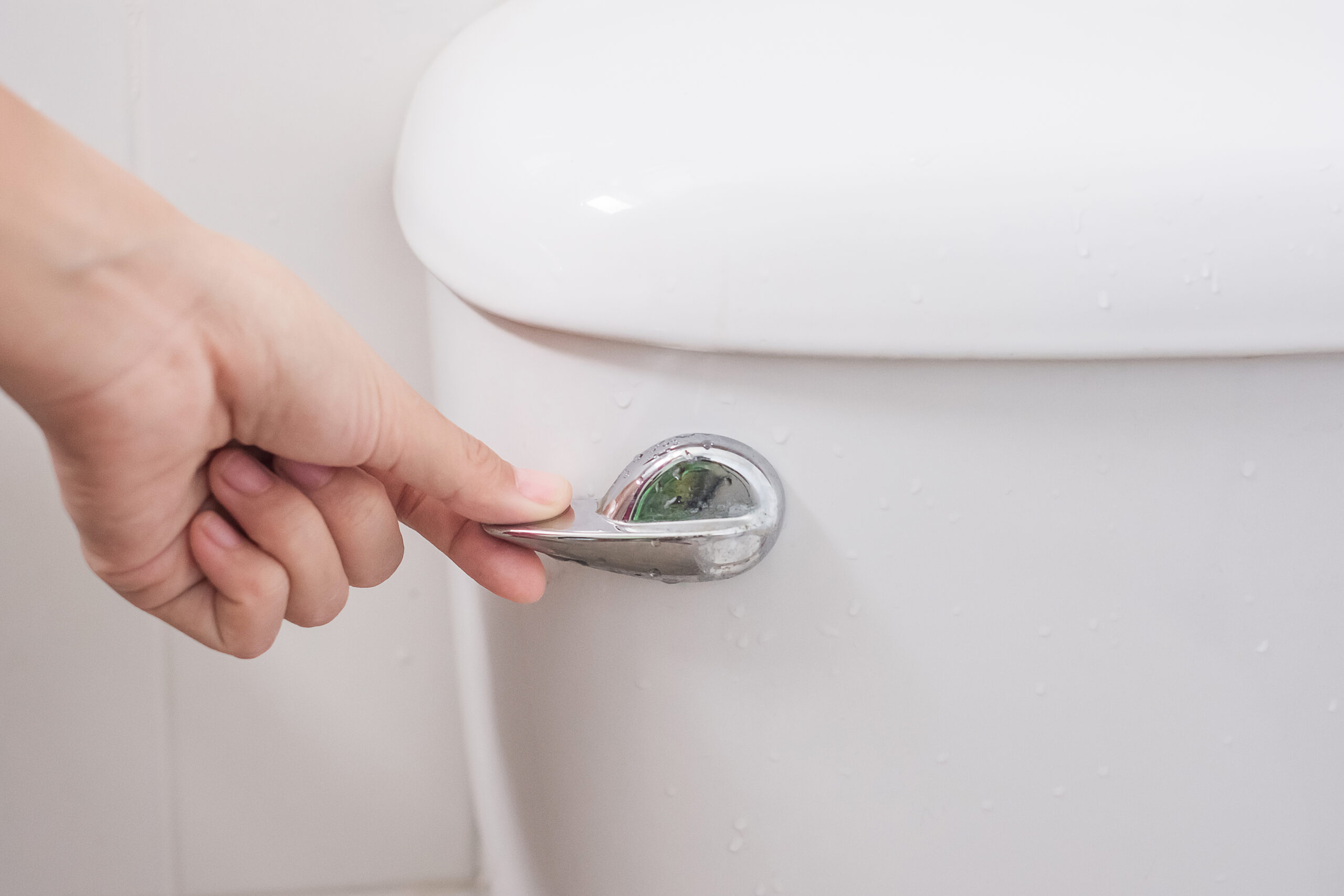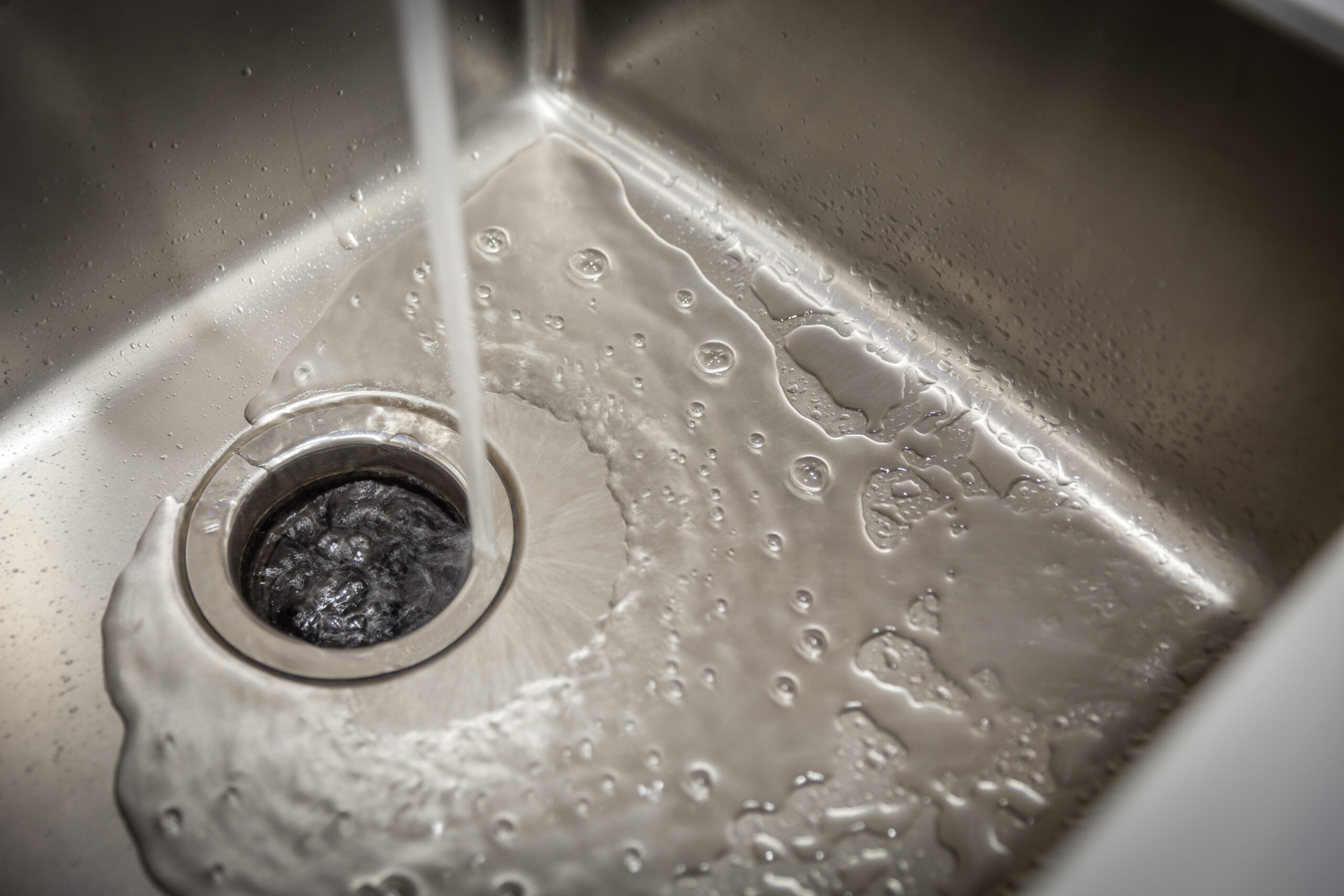|
Getting your Trinity Audio player ready...
|
Last Revised: 1/17/2025
Your thermostat is the all-too-sacred gateway to your heating and cooling systems that keep you warm in the winter and cool in the summer, so finding the right replacement option warrants some serious thought.
The reality about differing mindsets with setting your thermostat boils down to this: as your home’s comfort goes up, so does your energy bill. Have you struggled to find the right balance between comfort and cost? If you’re less than satisfied with the balance between the comfort and energy bills you’re getting from your heating and cooling systems, it’s time to explore how a new thermostat can help.
The HVAC professionals at Mattioni aren’t just experts at installing your heating and cooling equipment, we’ve also got you covered when it comes to thermostats. Our team can give you the full picture of the capability differences between types of thermostats, and we’re also here to give you support with any lingering questions you have after installing a new one.
We put this article together to give you everything you need to know about the differences between basic, programmable, and smart thermostats, and to share other ways to improve your current one.
After reading this, you’ll be prepared to take the next steps in hooking up a new thermostat. Here’s a quick look ahead to what we’ll be covering:
1. Exploring Your Options: How Many Different Types of Thermostats Are There?
From bare-bone models to the latest and greatest, you have a few options to choose from when replacing your thermostat. Technology advancements have improved the convenience they add to our routines and allowed them to become much more integrated into our daily lives. There are three broad categories: basic, programmable, and smart thermostats.
1. Basic thermostats
The old-school variety that allows you to manually adjust your set temperature directly at the wall mount. It’s no surprise that this is the simplest type of thermostat as it comes with no added features and requires you to make changes by hand every time you want to turn the temperature up or down. If you have a basic thermostat installed in your home, you’ll have to be vigilant in remembering to adjust temperatures at different times during the day. The consequences of a laid-back approach to managing your basic thermostat will be either big gaps in comfort or unnecessarily high energy bills.
Basic thermostats are your most inexpensive option to purchase and usually last at least 15 years.
2. Programmable thermostats
Programmable thermostats are somewhat similar to basic thermostats in that they are only controlled by the wall-mounted thermostat itself. The added value of a programmable thermostat is that it allows you to set a schedule for your heating or cooling to automatically turn on to a specific temperature, or turn off, at a preset time.
For instance, you can set a programmable thermostat to turn your AC off while you are away from your home during the day and then kick back on shortly before you expect to be back home. This has a couple of benefits that aren’t seen in basic thermostats:
- You’ll gain expected comfort in your home at preset times, like as you get back home or wake up in the morning.
- You’ll reduce your energy usage and utility bills by minimizing situations where you forget to turn your heating or cooling down before leaving your home.
Programmable thermostats are also relatively inexpensive and should last at least 15 years.

3. Smart thermostats
Smart thermostats are integrated into your home’s WiFi and offer several additional features, on top of being able to set a programmed temperature schedule.
Their key distinguishing feature is that you can adjust your heating and cooling systems remotely. This is most commonly done via a smartphone app, but can also be accessed through a web account. Among other features, smart thermostats have a geo-fencing capability which allows it to automatically turn on your heating or cooling when you’re close to home.
This means that your home will always be comfortable when you arrive, even if your schedule changes from day to day. It also means that you won’t waste energy by heating or cooling your home when you aren’t back home when you thought you’d be. Smart thermostats also track how efficiently your system runs so that you can find new ways to optimize your comfort/cost balance. Not only that, but smart thermostats also open your entire HVAC system to fully communicate within itself.
Information about how quickly your home responds to thermostat changes is sent between your indoor and outdoor units so that it can continue to make minor adjustments on its own to improve efficiency without sacrificing comfort.
Smart thermostats come at a higher installation price than the simpler options, and typically range between $600 and $1,200 to install. They have an expected lifespan of about 10 years.
2. Are There Any Other Ways to Improve Comfort and Energy Savings with Thermostats?
Apart from upgrading to either a programmable or smart thermostat, there are two ways to improve your thermostat’s performance and ability to get every corner of your home to the set temperature: connecting temperature sensors and zoning your home.
What is a Temperature Sensor?
If you only have one thermostat, then it only has visibility to read the temperature of the room that it’s installed in. This frequently leads to uneven temperatures in the home, such as cold basements and hot second floors. Temperature sensors are small devices that you can bring into other rooms to improve your thermostat’s visibility.
By adding three or four additional temperature sensors to rooms that aren’t on your main floor, your thermostat can get a better picture of the overall temperature of your home. You’ll be able to set your thermostat to average these temperatures together to achieve a more thoroughly heated and cooled house.
What is HVAC Zoning?
Zoning for heating and cooling involves segmenting your home into smaller, individual areas that you’ve identified as having different temperature needs. This is achieved in one of two ways: installing dampers into your ductwork or setting up an auxiliary heating and cooling system. Dampers are essentially valves that can partially open or close ductwork as it branches off to a specific living space, or zone.
This lets you prioritize the comfort of areas you spend the most time in and deprioritize areas that you might not use as frequently. Dampers can be either manually or automatically adjusted and help you get closer to your home’s optimal comfort/cost balance.

3. Evaluating Your Current Thermostat: Is It Time To Upgrade?
Thermostats usually last 15 years before needing to be replaced, but you may consider upgrading sooner if you’re looking for more accessibility, enhanced comfort, and lower energy costs from your heating and cooling systems. If you have a basic or programmable thermostat and are satisfied with it, then smart thermostats, temperature sensors, and zoning may be a luxury that you don’t see as necessary. However, if you’re unsatisfied with yours or curious about upgrading then it’s a good idea to talk to a professional about the options at your disposal.
Smart thermostats are only expected to continue to improve in the years to come, so embracing them as a household management tool now will also pay dividends in the future.
Mattioni HVAC Experts Are Here For You
The HVAC professionals at Mattioni are here to answer all your thermostat questions as you look to replace yours. If you’ve recently installed a smart thermostat and still have questions about how to best use all of its features, we’re more than happy to talk you through how to fully get acquainted with it.
Call us at (610) 400-8510 or schedule a consultation with an HVAC professional online today.




